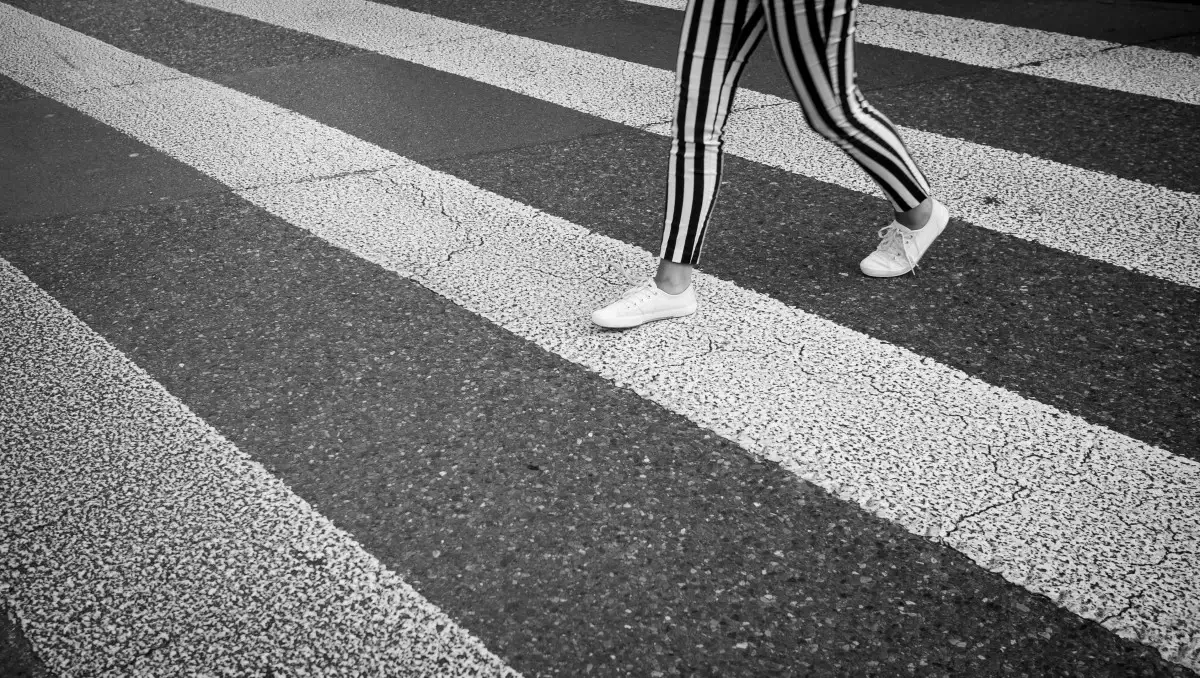According to USA Today’s editors and readers, Providence, Rhode Island, is the second most walkable city for tourists. Surprisingly, Providence was ranked higher than New York City and Boston. The news spread around the community, and even Providence’s Mayor Smiley listed it alongside other accomplishments. Despite its rank, however, Providence has severe walkability issues for both tourists and locals, putting its name in the top-ten list into question.
During your visit to Providence, enjoy a stroll along the river and snap a photo by the pedestrian bridge, shop along the city’s cobblestone streets, and check out all the murals and public art on display throughout downtown.
Caption from USA Today describing Providence
USA Today’s voting process remains unclear, especially with how the votes were weighed, the percentages garnered, and the number of votes cast. Conversely, the author’s caption depicts a clear story. While other lower-ranked cities are stated to have several large walkable communities and areas, and walking initiatives, Providence is ranked high because it has a pedestrian bridge and a small downtown area containing murals and cobblestones the author found interesting. Providence should have ranked near the bottom of the list based on these captions alone.
Locals will also know that most of Providence is not walkable. The author cherry-picked by neglecting to factor in most of Providence, only mentioning the few small areas that are semi-safe for pedestrians. The Pedestrian Bridge is one of the only spots that provides a safe pedestrian refuge. It’s true—Providence has become notorious for pedestrian deaths and accidents due to its car-centric infrastructure. However, even the Pedestrian Bridge area will soon change as the mayor plans to shrink nearby pedestrian and biking infrastructure to make way for another vehicle lane.
Another consideration the author leaves out is public transportation. Without adequate public transit, a city is inherently unwalkable. Boston, New York City, and other cities on the list are substantially better in this aspect, while Providence and the State of Rhode Island have left their public transit for dead. The Providence mayor has even exacerbated the issue, advocating that its bus hub be moved from the more populated, centralized area to the outskirts of town.
To address the main point about tourist walkability: How is it for tourists?
It’s worse.
Tourists, especially those from more modern cities across the US and the world, would surely have trouble attempting to walk across our half-painted crosswalks—assuming they can find one. They’ll also have to dodge sidewalk bikers and scooters due to the lack of bike lanes, leap over fragmented sidewalk concrete, and navigate the many areas that don’t have sidewalks at all. If you’re mobility impaired in any capacity, you’re stuck.
It’s also worth mentioning the difference in culture. As a pedestrian using a crosswalk in Providence, you are expected to follow several norms:
- Sprint across as quickly as possible. This is required as cars often speed up if they see you crossing.
- Yield to all incoming traffic, even if you have the right-of-way.
- Expect vehicles to turn into you through the right-on-red rule.
- Cars idle in crosswalks, so you must walk behind them instead of in front. If you cross in front and the light turns green, you may be mowed down.
Not following these unspoken rules will result in death, injury, insults, or, at the very least, a Dunkin’ coffee thrown your way.
Of course, almost all American cities are bad for pedestrians. However, many are making accommodations and embracing a more walkable future. Unfortunately, Providence isn’t, and neither is it in a state where it’s even remotely adequate. The city has a long way to go, not just to become walkable but to even be considered in a top-ten walkability list.
